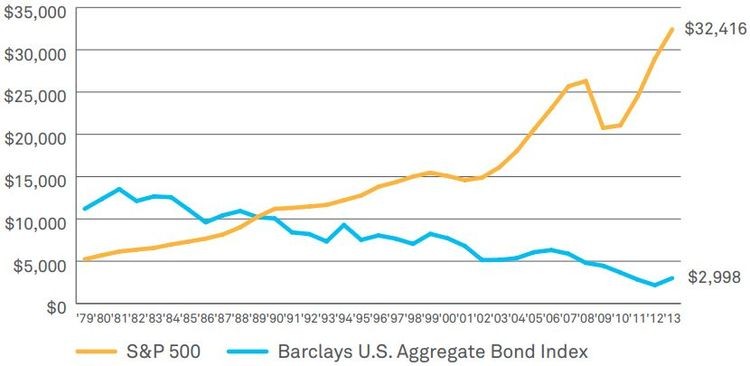Investing in Bonds Dividends Income Daily
Post on: 19 Июль, 2015 No Comment

As much as investors loved this investment a year ago, the world’s foremost expert in the space says, “Now they don’t want to touch them with a 10-foot pole.”
Whenever I hear a statement like that, my curiosity is piqued.
If you tell me that the very same asset is trading on the cheap, too, then I’m officially interested.
Why? Because I’m a contrarian at heart. And that’s how us contrarians make money. Duh!
We find cheap, out-of-favor investments with improving fundamentals. Then we scoop them up and wait until everyone else wises up to the opportunity and rushes in.
At that point, we put our profits in the bank and move on to the next opportunity. Simple as that.
The good news is, the latest contrarian opportunity I’ve uncovered happens to be an income-generating one. (It sports a current yield of almost 6%.)
It does well during rising-interest-rate environments. Plus, it’s trading at a double-digit discount to its real value.
And now that I’ve got your attention, too, let me share the opportunity with you…
Delayed Expectations
When the Fed first raised the possibility of tapering its bond purchases in May, it “set off a liquidation cycle in the bond market,” says Jeffrey Gundlach of DoubleLine Capital one of the biggest bond mangers in the world with over $50 billion under management.
He’s not kidding, either.
Investors yanked upwards of $80 billion from bonds in the aftermath of the announcement, according to data from TrimTabs.
But now that the Fed has all but delayed expectations for a taper, removing the immediate threat to bonds, the smart money is rushing back in. In September, they plowed almost $6 billion back into bond ETFs alone, according to ETFGI.
However, the “dumb money” hasn’t been quite as nimble to react. That’s evident in the closed-end fund market, which is dominated by retail investors known for selling first and asking questions later (i.e. panicking).
As Cecilia Gondor, Chief Investment Officer at Thomas J. Herzfeld Advisors, notes, many closed-end funds still trade at surprisingly large discounts to net asset value (NAV).
Case in point: A year ago, investors were paying up to a 10% premium to own closed-end bond funds. Yet today, many of them are selling at a 10% discount, or about $0.90 on the dollar.
Gondor thinks that the market conditions make the Putnam High Income Securities Fund (PCF ) particularly attractive. And I do, too.
Here’s why…
- Uncharacteristically cheap: The fund is almost trading at a 12% discount to NAV. That means we’re buying bonds at $0.88 on the dollar. And if the manager liquidated all the holdings, we’d earn an instant 12% return. Keep in mind, too, that the fund has traded at an average discount to NAV of just 2.8% since 2008. So while it’s always been a little cheap, it’s uncharacteristically cheap right now.

- Instant diversification: The fund currently has a portfolio of 701 positions. The top 10 holdings are all names you’d recognize, including Chesapeake Energy (CHK ), Micron Technology (MU ), Bank of America (BAC ) and Ford (F ).
- Leverage-free: As Gundlach warns, “Bond market liquidity is likely to remain in the wrong direction for leveraged portfolios.” Translation: Avoid leveraged portfolios as much as possible. And we can do that with PCF because it doesn’t use any leverage. Zero. Zip. Nada.
- Daily liquidity: The beauty of closed-end funds is that they provide us with daily liquidity. If we ever need to close out our position, for any reason, we can do so quickly and easily.
- Reasonable expenses: The fund’s expense ratio checks in at a reasonable 0.93%. That’s well below the category average of 1.4%, according to Morningstar data.
- Attractive, monthly yield: The fund currently pays a monthly dividend of $0.039 per share. That works out to an annual yield of 5.84%. And none of that amount is a return of capital.
Most important of all, 72% of the fund’s assets are invested in corporate and convertible bonds.
As I told Wall Street Daily readers in August, these are precisely the two types of bonds that perform best during rising interest rate environments.
In other words, the fund represents a cheap way to scoop up assets that have a proven track record of performing well in the exact type of environment we’re headed for next.
It doesn’t get much better than that, folks.
Of course, these types of discounts don’t last forever. Like I said before, savvy investors eventually recognize the bargains and swoop in to capitalize on them. And now that you know about this one, it’s time for you to be one of the first to benefit, instead of the last.














